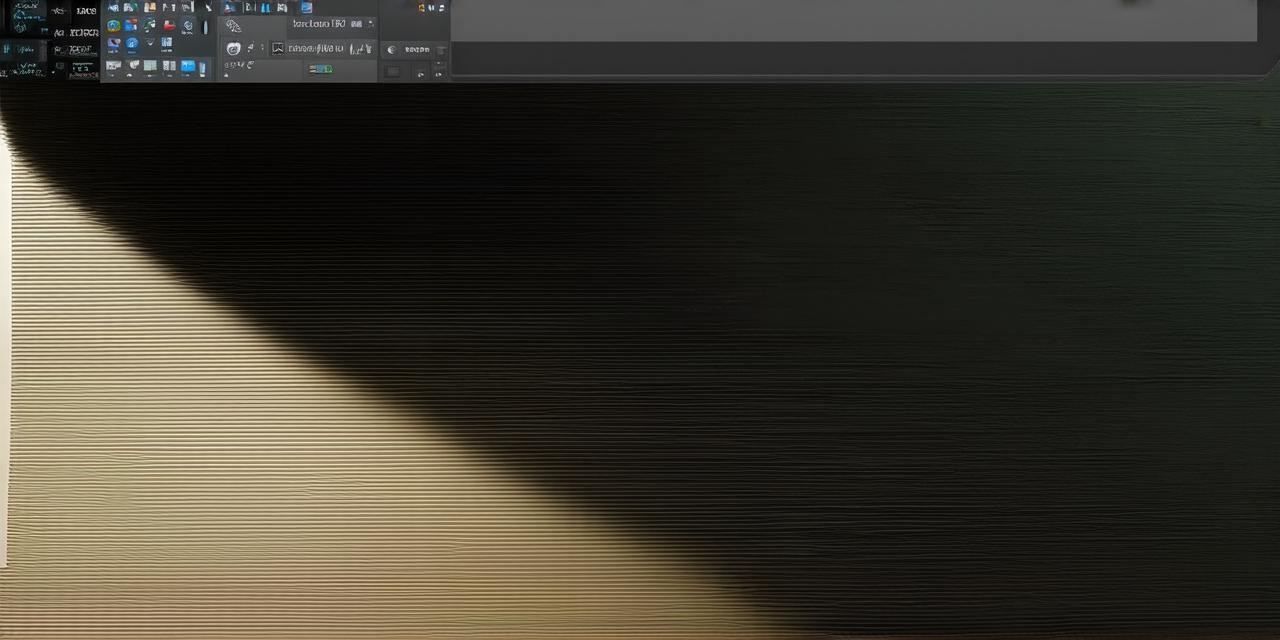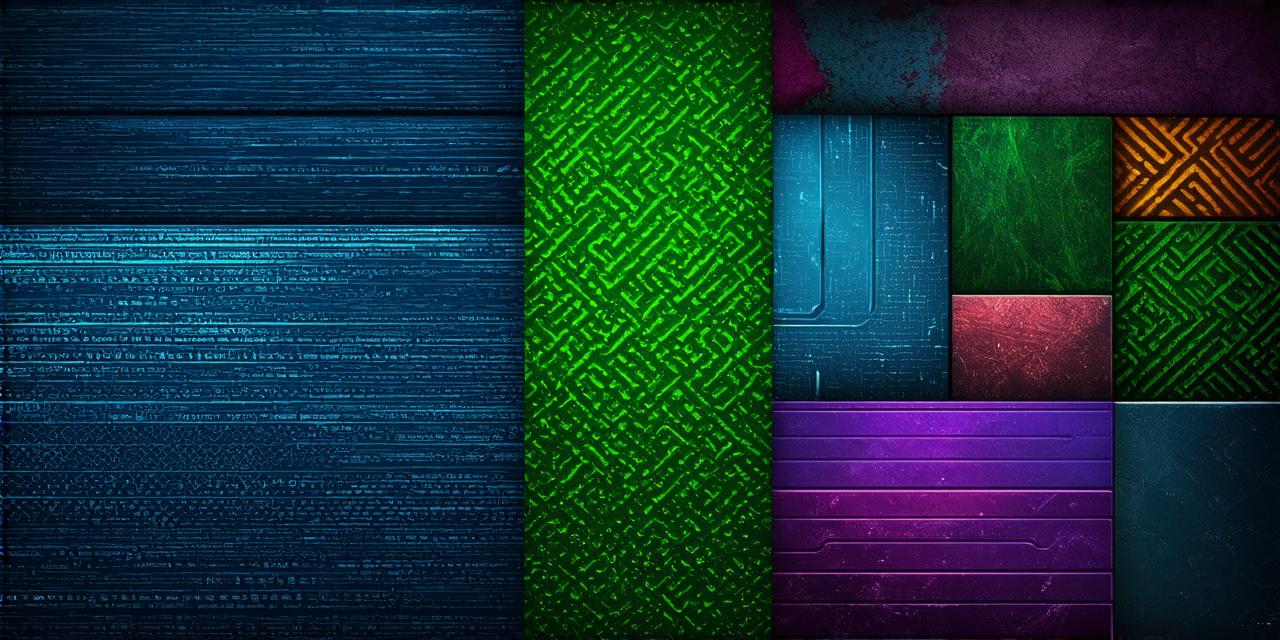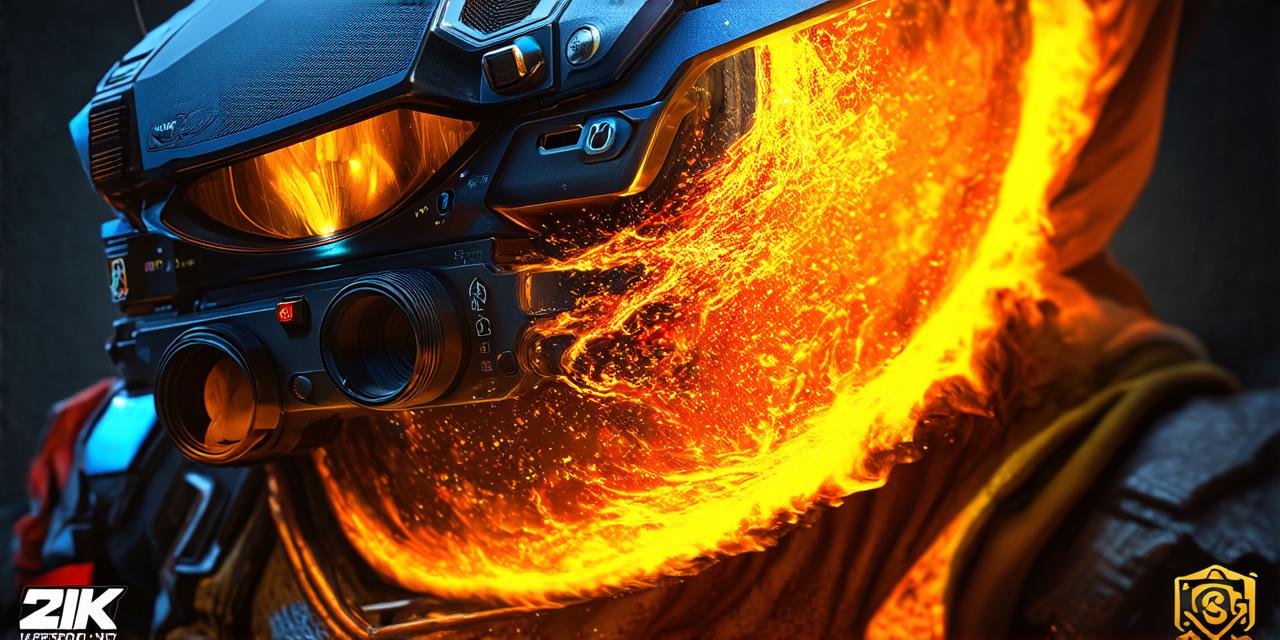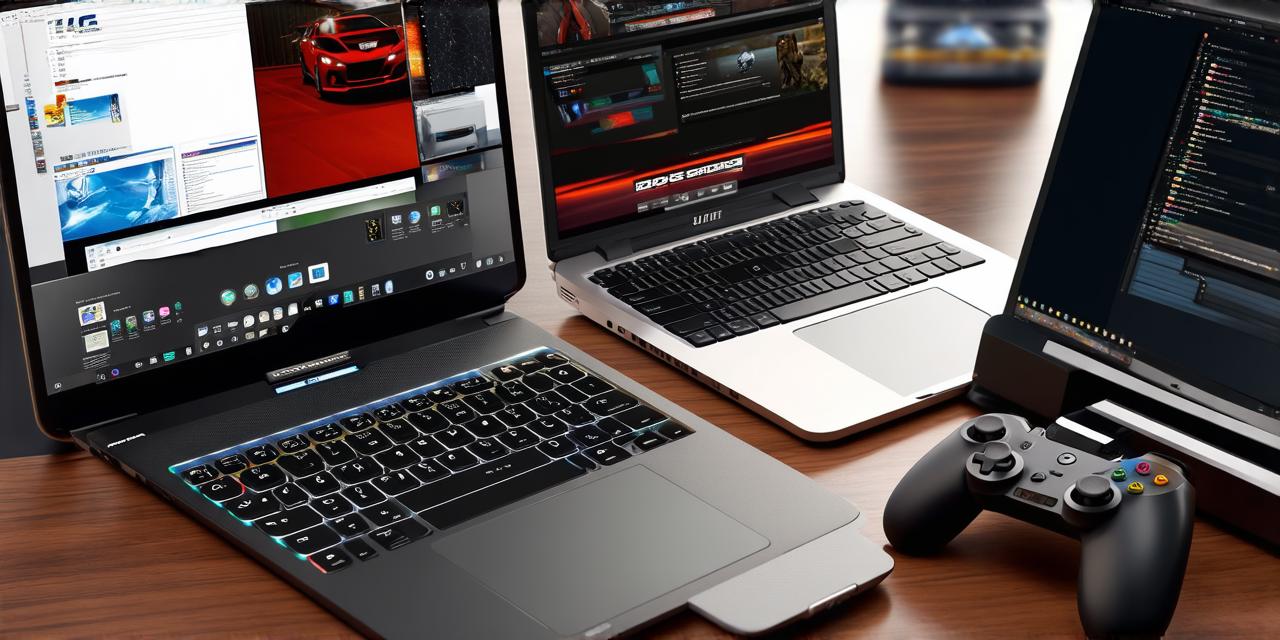Blender is a powerful 3D modeling and animation software that has gained popularity among game developers due to its versatility and wide range of features. In this expanded article, we will explore the reasons why Blender is considered an ideal tool for game development in more detail, provide additional examples of games created using it, and delve into various aspects of the topic to make the content more comprehensive and informative.
One of the main advantages of Blender for game development is its ability to create 3D models and animations. It includes tools like UV mapping, rigging, and animation timelines, which are essential for creating realistic characters and objects in a game world. Additionally, Blender supports scripting languages like Python and C++, making it easy to integrate custom code into your games. This is particularly useful for adding advanced features or optimizing performance.
Another feature of Blender that makes it well-suited for game development is its real-time rendering capabilities. With real-time rendering, developers can see how their game looks as they’re building it, which is a big advantage over traditional 3D modeling software that only provides static previews of your models. This allows developers to quickly identify and fix issues with their game before they become major problems.
Collaboration is also a key feature of Blender that makes it ideal for game development. It includes collaboration tools like remote rendering and networked animation, making it easy to work with a team of developers and artists on the same project. This can be especially useful in large-scale game development projects where multiple people need to work together on different aspects of the game.
Blender’s open-source nature is another advantage for game developers. It means that anyone can use, modify, and distribute Blender, making it easy to find free resources and plugins online that can enhance its capabilities. This has led to a large and supportive community of users who constantly contribute new features and workflows.
Now let’s take a closer look at some real-life examples of games that have been developed using Blender:
-
Minecraft: One of the most popular games in the world was built using Blender. The developers at Mojang used Blender to create all the 3D models and animations in the game, and even incorporated custom code into the game to add some unique features.
-
Uncharted series: The Uncharted series of games was developed using Blender as well. The developers at Naughty Dog used Blender to create all the 3D models and animations in the games, and also used the scripting capabilities of Blender to add custom code to optimize performance.
-
Godot game engine: The Godot game engine is built on top of Blender’s technology, making it an ideal choice for developers who want to use Blender for game development without having to learn a whole new set of tools. The Godot game engine has gained popularity among indie game developers due to its ease of use and powerful features.
-
Fortnite: Epic Games, the company behind Fortnite, used Blender to create some of the in-game assets for Fortnite’s first season. They used Blender’s real-time rendering capabilities to quickly iterate on designs and ensure that the assets looked great in the game.
-
Tangled: Disney’s animated film Tangled was also created using Blender. The animators at Walt Disney Animation Studios used Blender to create all the 3D models and animations for the movie, including the iconic flying horse sequence.
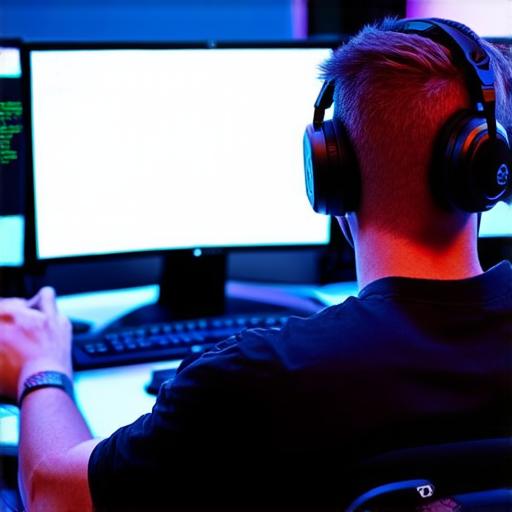
As you can see from these examples, Blender is definitely a viable option for game development. It has all the features and capabilities you need to create high-quality games, and it’s being used by some of the biggest names in the industry.
Of course, there are always going to be naysayers who say that Blender isn’t the right tool for game development. But the truth is, if you have the skills and experience to use Blender effectively, it can be an incredibly powerful tool for creating games. It’s important to note that while Blender is a versatile tool, it may not be suitable for all types of game development projects. For example, it may not be the best choice for developing games that require real-time graphics or complex physics simulations.
So what do you think? Is Blender the right tool for your game development needs? If you’re considering using Blender for game development, there are many online resources available to help you get started, including tutorials, workflows, and plugins. With the right tools and mindset, Blender can be a powerful ally in creating engaging and immersive games.
In conclusion, Blender is a versatile and powerful tool that has gained popularity among game developers due to its ability to create 3D models and animations, real-time rendering capabilities, and collaboration tools. With the right skills and experience, Blender can be an incredibly useful tool for creating high-quality games.
